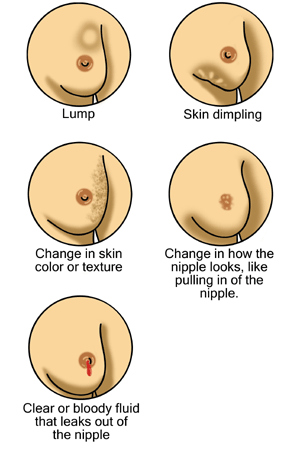The biological and medical fields have seen great advances in biomolecules. This review is meant to provide an overview of the various types of biosensors and biochips that have been developed for biological and medical applications, along with significant advances over the last several years in these technologies. It also attempts to describe various classification schemes that can be used for categorizing the different biosensors and provide relevant examples of these classification schemes from recent literature.

Wireless, implantable brain sensor, shown next to a U.S. quarter for size comparison. (NIH/David Borton, Brown University)
A compact, self-contained sensor recorded and transmitted brain activity data wirelessly for more than a year in early stage animal tests, according to a study funded by the National Institutes of Health. In addition to allowing for more natural studies of brain activity in moving subjects, this implantable device represents a potential major step toward cord-free control of advanced prosthetics that move with the power of thought. The report is in the the Journal of Neural Engineering.
A recap of 6 innovative digital health products that dominated CES 2013 held in conjunction with the Digital Health Summit.
The declaration by many predicting 2013 as the “year of digital health” got even more evidence to back up their claims with digital health making a huge splash at last week’s annual Consumer Electronics Show (CES) in Las Vegas. The Digital Health Summit, which is held in conjunction with CES featured some of the most innovative digital health products available and soon to be available in the market.
 Author: Ashish Malik
Author: Ashish Malik
M.Tech (Information Security & Computer Forensics)
Email: ashishmalik10@gmail.com, ashishmalik10@yahoo.com
A heart defibrillator remotely controlled by a villainous hacker to trigger a fatal heart attack? Yes now its possible, The Government Offices have released a report warning that medical devices are vulnerable to hacking and calling for greater oversight of such devices.
The investigation into electronic medical-device safety was initiated after computer-security researchers found dangerous vulnerabilities in insulin pumps. “Even the human body is vulnerable to attack from computer hackers,” Representative Anna Eshoo, a Democrat from California, said in a statement on her website. Preventing potential hacking it might seem as simple as requiring a password for access. The operating systems that hospitals use are an even bigger challenge.
We’re at the cusp of integrating miniaturized electronics and monitoring into engineered tissues and organs.
At the start of the 2009 Star Trek reboot (this is relevant, trust me), the USS Kelvin’s captain meets the enemy on their ship to try to negotiate a cease-fire. His crew uses a kind of sensing technology to track his vital signs—like heart rate, breathing, body temperature—right up to the moment of his untimely demise.




